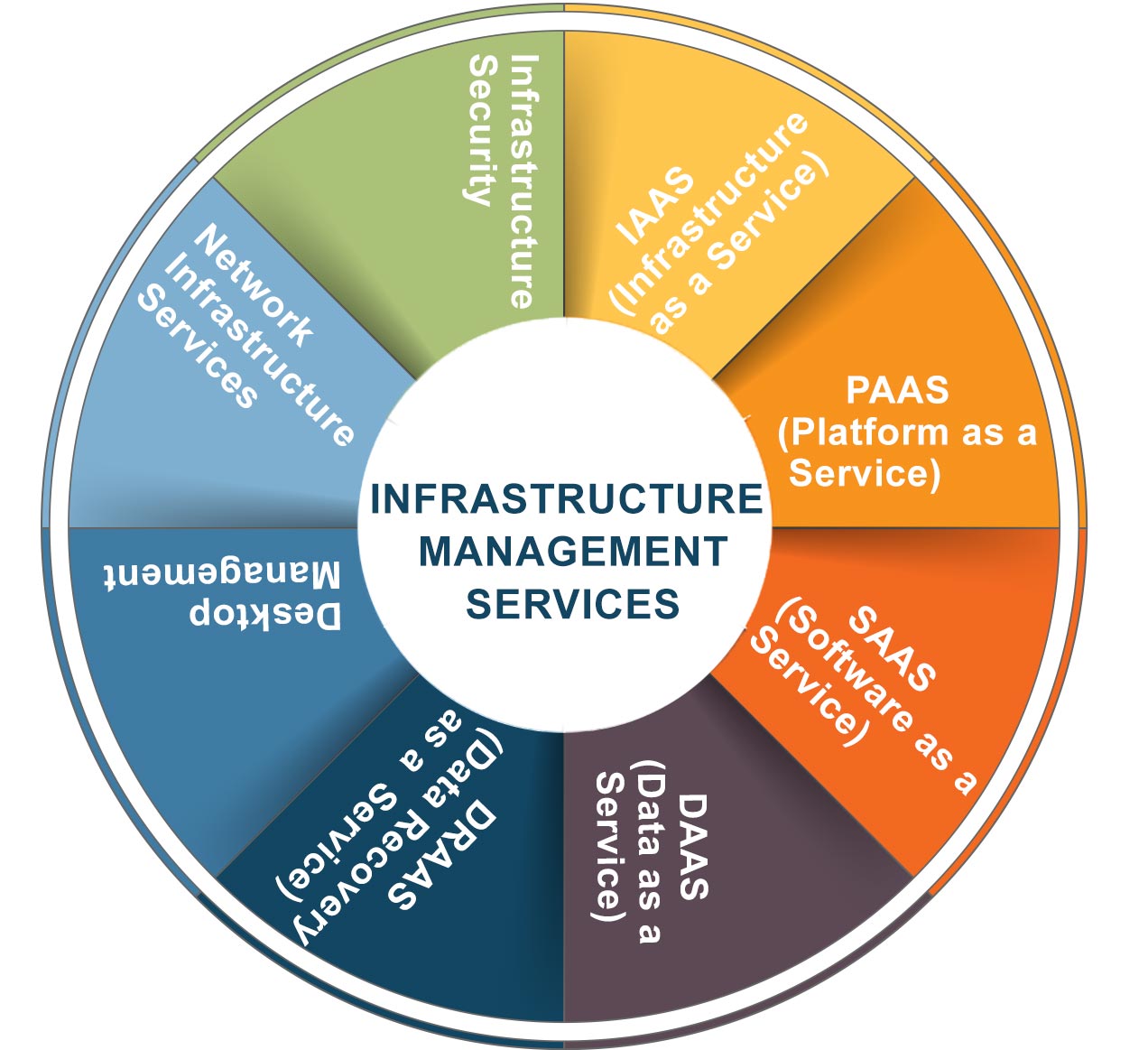|
In recent years, deep learning has emerged as a groundbreaking field within artificial intelligence (AI), revolutionizing various industries and enabling unprecedented advancements in technology. Leveraging the potential of neural networks with multiple layers, deep learning algorithms have demonstrated exceptional capabilities in tasks such as image recognition, natural language processing, and speech synthesis. Deep learning models are inspired by the structure and function of the human brain. By simulating interconnected layers of artificial neurons, these models can process vast amounts of data and extract intricate patterns and representations. This ability to automatically learn hierarchical features from raw input data sets deep learning apart from traditional machine learning approaches. One of the most notable applications of deep learning is in computer vision. Convolutional Neural Networks (CNNs) have drastically improved image recognition accuracy, facilitating the development of self-driving cars, facial recognition systems, and medical imaging analysis tools. CNNs analyze images using multiple convolutional layers that progressively extract features at different levels of abstraction, enabling robust object detection and classification. In natural language processing, deep learning models have achieved remarkable success. Recurrent Neural Networks (RNNs) and their variants, such as Long Short-Term Memory (LSTM) networks, have proven effective in tasks like language translation, sentiment analysis, and speech recognition. These models can leverage temporal dependencies and context to understand the subtle nuances of language, leading to more accurate and context-aware results. Another area where deep learning has made significant contributions is in generative modeling. Generative Adversarial Networks (GANs) have enabled the creation of realistic synthetic data, opening up possibilities in art, media, and entertainment. GANs consist of two components: a generator network that produces synthetic samples and a discriminator network that evaluates the authenticity of those samples. Through an iterative adversarial training process, GANs can generate highly convincing images, videos, and even audio. Despite its impressive achievements, deep learning still faces certain challenges. One major hurdle is the need for large labeled datasets for training. Acquiring and annotating such datasets can be time-consuming and costly. Additionally, deep learning models often require significant computational resources, limiting their accessibility to smaller organizations or individuals. Nevertheless, ongoing research in deep learning aims to address these limitations and improve the efficiency and effectiveness of these algorithms. Techniques like transfer learning and semi-supervised learning are being explored to mitigate the data requirements. Hardware advancements, such as specialized graphics processing units (GPUs) and dedicated neural processing units (NPUs), are enabling faster model training and deployment. In conclusion, deep learning has ushered in a new era of technological advancements with its ability to learn complex patterns from vast amounts of data. From computer vision to natural language processing and generative modeling, deep learning continues to push the boundaries of what's possible. As researchers and engineers strive to overcome challenges and make deep learning more accessible, we can expect even more transformative applications in the near future.  |
